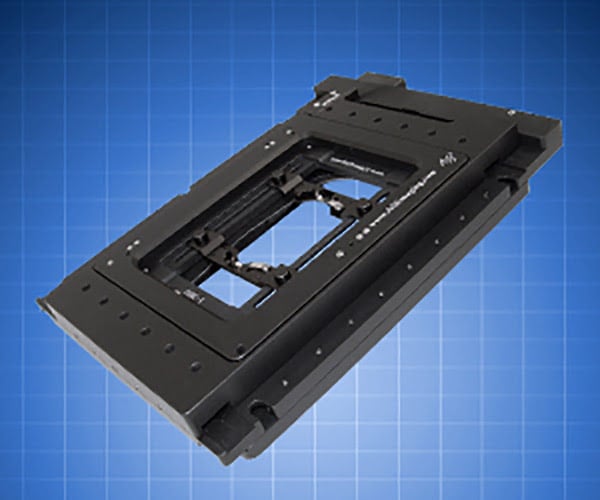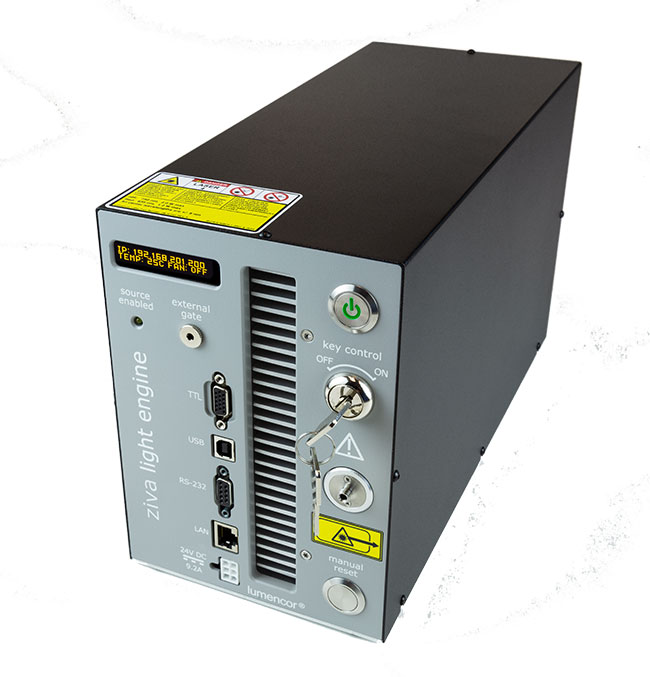|
Wednesday, December 25, 2019
|
|

|
|
|
Monthly newsletter focusing on how light-based technologies are being used in the life sciences. Includes news, features and product developments in lasers, imaging, optics, spectroscopy, microscopy, lighting and more. Manage your Photonics Media membership at Photonics.com/subscribe.
|
|
|
|
sponsor
|

|
|
Quantitative Phase Imaging Aims at Penetrating Thick Tissues
In 1942, phase microscopy revolutionized biological imaging because it enabled clear visualization of cells and their internal contents without labels or stains. This empowered biologists to study these transparent, living objects over long periods without killing them or altering their function or dynamic behavior. Today, quantitative phase imaging (QPI), an extension of phase microscopy, is a very active area of research that has led to many advancements in biology, including quantification of cellular structures below a nanometer, the characterization of cell mass transport and minute cell membrane fluctuations, detailed tomographic visualization of the refractive index distribution of cells, disease characterization, and even identification of aggressive cancers. Yet, much like the original phase microscope, QPI technologies continue to be restricted to thin specimens with a typical thickness of a few tens of microns.
|
|
|
|
|
|
Photoacoustic Technology Could Revolutionize Cancer Surgery
Researchers at the University of Waterloo in Ontario, Canada, have developed photoacoustic technology that can precisely locate and distinguish all of a cancerous tumor during surgery. This could help ensure that healthy tissue remains intact while cancerous tissue is removed and potentially eliminate the need for numerous surgeries.
|
|
|
|
|
|
Visible-Light-Activated Prodrug Can Combat Chemo’s Side Effects
To avert potential “collateral damage” caused by antitumor drugs, a research team at City University of Hong Kong (CityU) has developed a small-molecule platinum(IV) anticancer prodrug called phorbiplatin. Phorbiplatin is shown to be inert in the dark, but it can be controllably activated under low-power red-light irradiation.
|
|
|
|
|
|
 Ultra Precise Piezo-Z Focus Stage
Ultra Precise Piezo-Z Focus Stage
Applied Scientific Instrumentation Inc.
The PZ-2000FT XYZ stage has been specifically designed to provide a high resolution, and highly repeatable, means of controlling the X, Y, and Z position of the microscope stage. The XY axes derive their precise control through the use of closed-loop DC servomotors ...
Visit Website
Request Info
|
|
|
 ZIVA Light Engine®
ZIVA Light Engine®
Lumencor Inc.
The ZIVA light engine is optimized for coupling into narrow bore fibers (≤100 µm) providing a system with ultra high radiance from their small emitting area, much brighter than its predecessor the CELESTA light engine.
Visit Website
Request Info
|
|
|
|
|
|
Photoacoustic Microscopy System Improves SNR and Temporal and Spatial Resolution
A superresolution localization photoacoustic microscopy (PAM) technique has been developed by a team at Pohang University of Science and Technology. The new system can monitor the flow of red blood cells without using a contrast absorber, enabling it to image blood vessels with exceptional resolution. Spatial resolution is improved by a factor of 2.5 in vivo, the team said.
|
|
|
|
|
|
Researchers at Aarhus University are exploring a method of regenerating brain and heart cells using light. Their technique uses water-based nanofibers coated with organic photovoltaic nanomaterials to create light-controlled neural-stimulating scaffolds inside the body.
|
|
|
|
An implantable microLED optrode array, developed by researchers at the University of Strathclyde and the University of Utah, is capable of exciting below-surface neurons in large mammal brains both by structured-light delivery and by large-volume illumination. Through its depth of access, heat control, and an electric delivery system that will be compatible with future wireless applications, the new array could advance the use of optogenetics in studies of large mammal brains.
|
|
|
|
|